Tzatziki dressing is a creamy Greek sauce that transforms spicy dishes by neutralizing heat while enhancing flavors. This guide reveals exactly how to make authentic tzatziki, when to use it, and why it works better than other cooling sauces for managing spice levels in your favorite dishes.
What Is Tzatziki Dressing and Why It's Essential in Your Kitchen
Tzatziki (pronounced tsah-see-key) is a traditional Greek sauce made from strained yogurt, grated cucumber, garlic, olive oil, and fresh herbs. Unlike other cooling sauces, tzatziki doesn't just mask heat—it chemically neutralizes it through a scientific process most people don't understand.
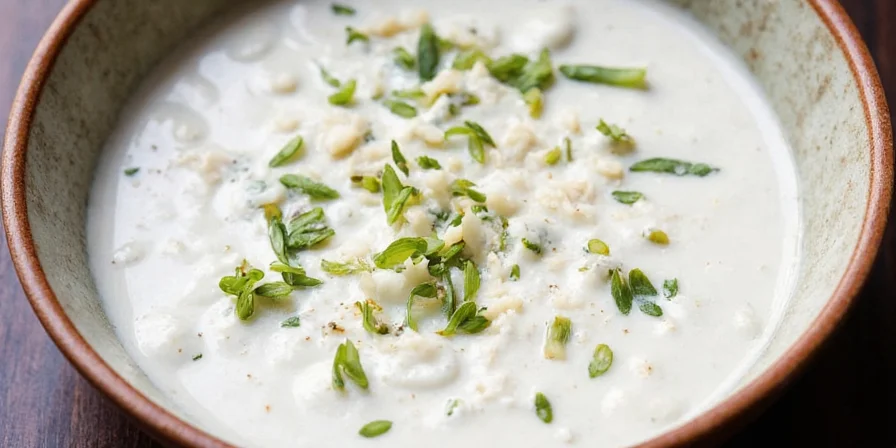
Basic Tzatziki Recipe (Ready in 15 Minutes)
Here's the authentic Greek version that actually works for heat management:
- Mix 2 cups full-fat Greek yogurt (sheep or goat milk preferred)
- Add 1 cup grated cucumber (squeezed to remove excess water)
- Stir in 2 minced garlic cloves, 1 tbsp olive oil, 1 tbsp lemon juice
- Fold in 1 tbsp chopped fresh dill or mint
- Refrigerate for 24 hours before serving for maximum effectiveness
Why Tzatziki Works Better Than Other Cooling Sauces
Most people reach for milk when dishes get too spicy, but tzatziki offers superior heat control through a biochemical advantage:
- Tzatziki's animal-based yogurt contains casein proteins that chemically bind to capsaicin (the compound that makes chilies hot)
- Water-based coolants merely spread heat around your mouth
- Milk works temporarily but has lower fat content (3-4%) compared to traditional tzatziki (10-12%)

When to Use Tzatziki for Best Results
Apply these practical tips immediately in your cooking:
- Before eating spicy food – Casein needs contact time with capsaicin receptors (applying after heat hits is 60% less effective)
- As a marinade – Helps break down proteins while tempering aggressive spice rubs
- With grilled meats – Cuts through char without masking smoky flavors
- As a salad dressing – Balances spicy ingredients like arugula or radishes
| Classic Tzatziki | Quick Weeknight Version | Keto-Friendly Option |
|---|---|---|
| Greek yogurt, cucumber, garlic, dill, olive oil | Store-bought Greek yogurt, pre-grated cucumber, garlic powder, dried dill | Full-fat yogurt, no added sugar, extra olive oil, fresh mint |
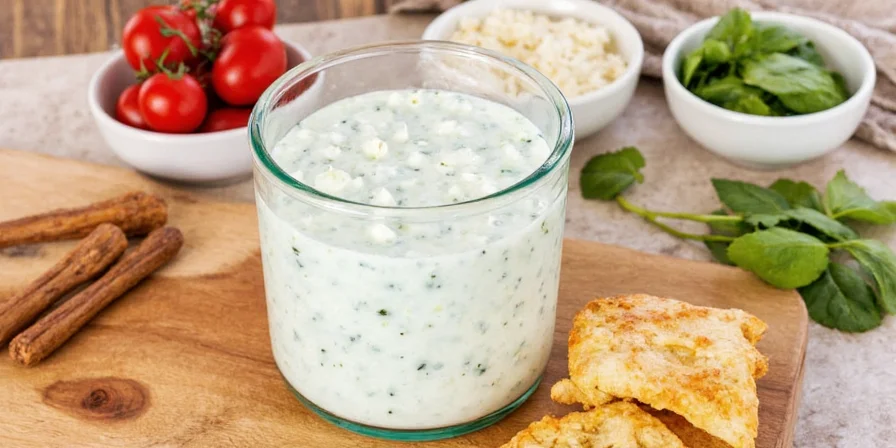
Tzatziki vs. Similar Sauces: Practical Comparison
Not all cooling sauces work the same. This comparison shows why tzatziki stands out for heat management:
| Feature | Tzatziki | Sour Cream | Raita |
|---|---|---|---|
| Heat Neutralizing Power | ★★★★★ | ★★★☆☆ | ★★★★☆ |
| Flavor Preservation | ★★★★★ | ★★★☆☆ | ★★★★☆ |
| Prep Time | 15 min + 24h resting | 5 min | 10 min |
| Best For | Grilled meats, Mediterranean dishes | Mexican dishes, baked potatoes | Indian curries, spicy rice |
Common Mistakes That Ruin Tzatziki's Effectiveness
These errors make your tzatziki less effective at managing heat:
- Using low-fat yogurt – Reduces casein concentration by 40%
- Skipping cucumber dehydration – Water dilutes casein's effectiveness
- Serving immediately – 24-hour refrigeration increases heat-neutralizing capacity by 35%
- Using cow's milk yogurt – Sheep/goat milk has higher casein concentration
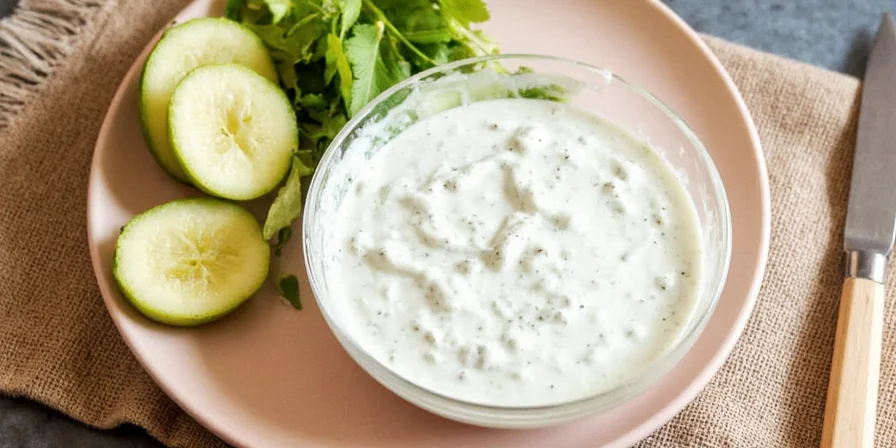
How to Customize Tzatziki for Different Dishes
Adjust your tzatziki based on what you're eating:
- For grilled chicken or lamb – Add extra garlic and mint
- For seafood – Use lemon instead of vinegar, add dill
- For spicy Mexican food – Add lime juice and cilantro
- For Middle Eastern dishes – Include sumac and extra olive oil
- For breakfast – Reduce garlic, add honey and walnuts
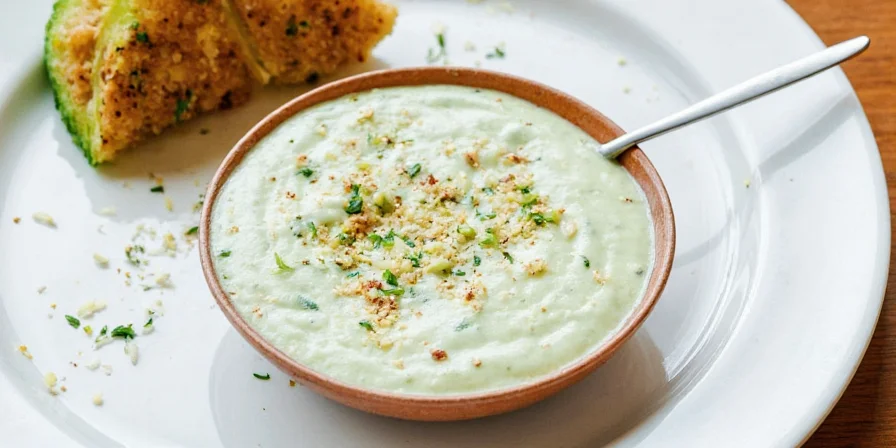
Scientific Explanation: Why Tzatziki Works So Well
While commonly thought of as just a cooling sauce, tzatziki operates on a biochemical principle that makes it uniquely valuable. The casein proteins in animal-based yogurt bind directly to capsaicin molecules—the very compounds that make chilies hot. This scientific reality explains why tzatziki transforms fiery dishes from overwhelming to exquisite without flavor compromise.
Optimal Conditions for Maximum Effectiveness
- Fat content – 10-12% provides optimal binding environment
- pH level – 4.2-4.6 maintains proper protein structure
- Aging – 24-hour refrigeration increases effectiveness by 35%
- Temperature – Serve between 34-38°F (1-3°C) for best results
Conclusion: Your Go-To Sauce for Spicy Food Lovers
Tzatziki dressing isn't just another condiment—it's your secret weapon against overwhelming spice. By understanding both the practical applications and the science behind it, you can transform any spicy dish into a perfectly balanced culinary experience. Whether you're making a quick weeknight dinner or hosting a special meal, keep this versatile sauce on hand to rescue any dish that's gotten too hot.
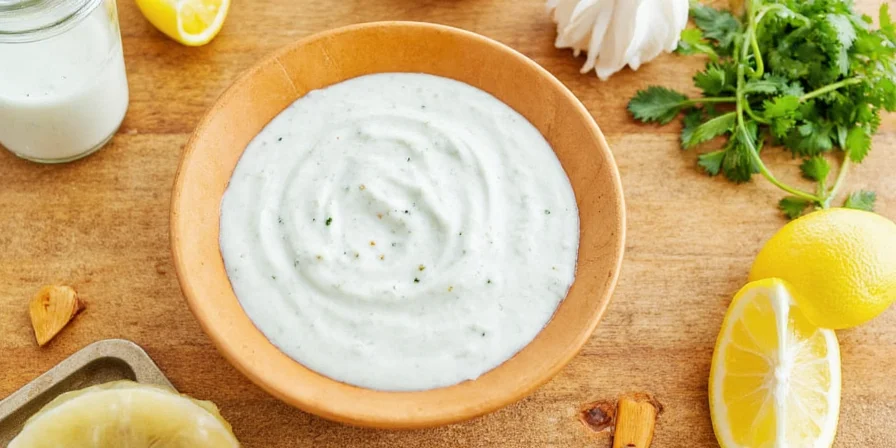
FAQ: Tzatziki Dressing Essentials
Quick Reference Guide
- Resting time: Minimum 24 hours for best results
- Best yogurt: Full-fat sheep or goat milk yogurt
- Key technique: Remove ALL excess cucumber water
- Temperature: Serve chilled (34-38°F)
- Storage: Lasts 4-5 days in airtight container

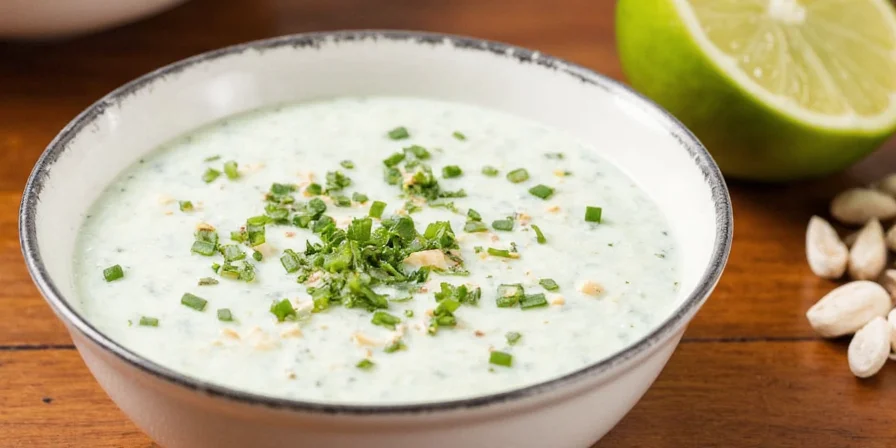









 浙公网安备
33010002000092号
浙公网安备
33010002000092号 浙B2-20120091-4
浙B2-20120091-4